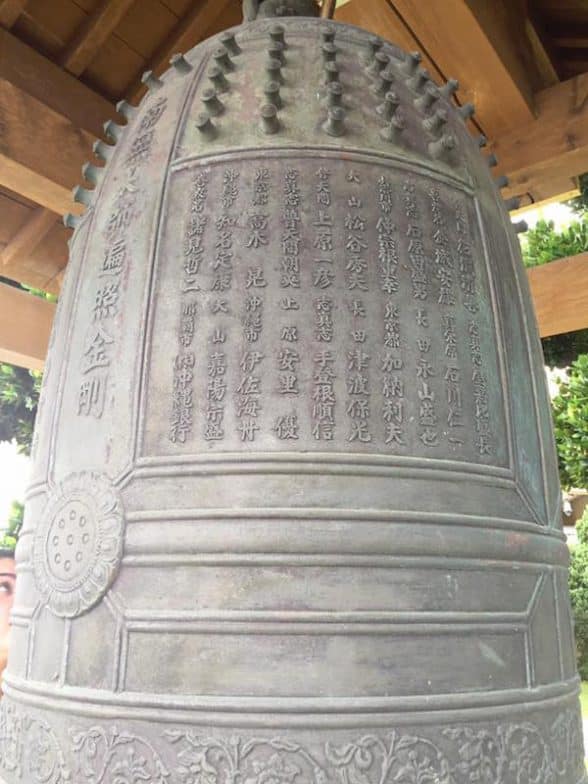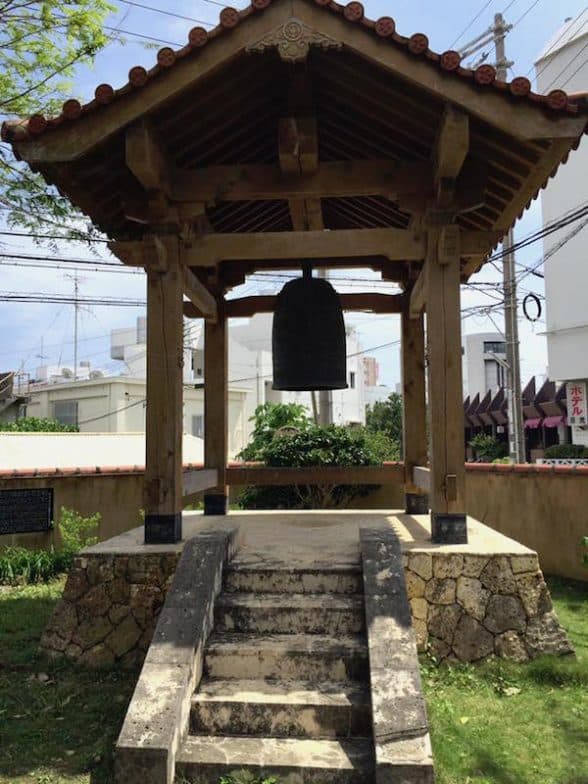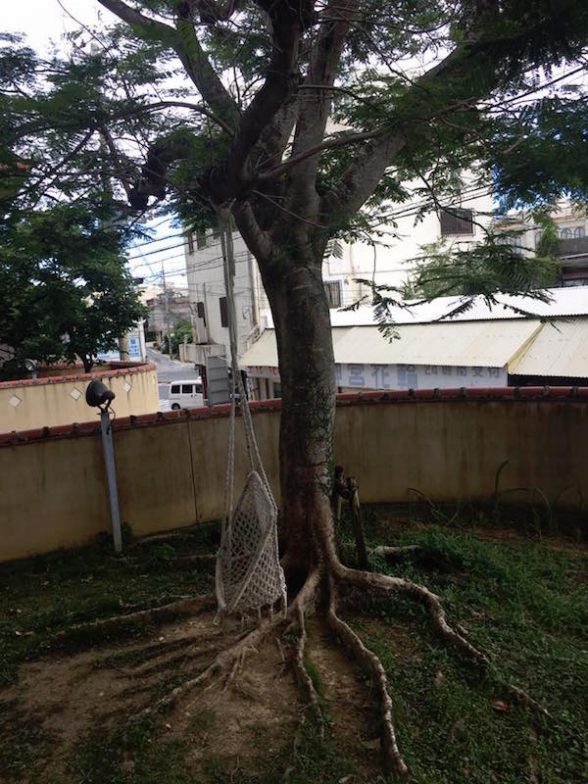CONTRIBUTED BY LOUISE DUPUY

Have any of you visited Futenma shrine caves? For those who have, you may or may not have noticed, a short walk up the road from the highway is a gateway. This is the entrance to Jingu-ji temple, a Buddhist place of worship that compliments Futenma shrine. Intrigued? Read on!

If like me, you are fond of visiting local places that show the history and culture of the populace, you may indeed have visited many shrines and temples here on Okinawa. Did you notice anything interesting? Shrines (Shintoism) and temples (Buddhism) tend to be built close together (not all the time, but it is quite common). Despite the differences between the two, there are also a lot of similarities, and over the centuries the two have syncretised (syncretism is where tow religions blend their practices into a new system), and currently, Shintoism and Buddhism stands as the two major religions of Japan. A good example of this is Naminoue-gu shrine and Gokoku-ji temple in Naha.

Another good example of this heavenly pairing is Futenma shrine and Jingu-ji temple, which is the main focus of this article. Let’s start off with a quick history lesson, shall we? Sadly, in-depth history of the temple is pretty hard to come by, but I did learn this little snippet from their website (all in Japanese): Jingu-ji is old. Much like its Shinto cousin, it has stood for over 500 years. It was built around 1459, and in its many lifetimes has stood as a guardian of both the local area and the central region of Okinawa. Sadly this is not the original structure, which, like so many, was destroyed in the war. It was rebuilt though, with the last work being completed around 1997.

Currently, the chief priest is Hiroshi Tenmansan, a graduate of Japan University, a practitioner of Koyasan Shingon Buddhism, and who offers lectures in various subjects. A lot of the temple upkeep and activities is coordinated by this gentleman.

It’s a small but beautiful place. Climb the steps and enter through its gate into a place of calm and serenity. In front of you is the temple itself, plus its offices. The temple has an area to pray, and also a small shop selling omamori (lucky charms), and other prayer items, such as incense and mala beads (prayer beads similar in appearance to rosaries). This is often unmanned, with a donation box and prices next to each item. You are trusted to take only what you pay for and to pay the amount asked.


If you choose to visit on a weekday, you will most likely find it to be quite empty. It does, however, hold services for things such as funerals, marriages, and blessings, as well as partake in festivals (the most notable being Futenma festival held yearly in October), so it can be lively too. Weekends will see it busier with worshippers. To the left of the gate, you first enter is an impressive looking bell under a pavilion. Take a closer look and note its intricate beauty. I tried to find some history behind it, but alas I have failed! Still, it is a piece of wonder.

Another thing you may notice is a swing chair hanging from a nearby tree. This is a nice place to sit and reflect, or just to escape life’s daily annoyances. It’s also a pretty photo op, so pack your camera.

If you plan to pay Futenma shrine a visit, be sure to stop by Jingu-ji whilst you are there.
Jingu-ji Temple
Phone: 081 98-892-3335
Website: hutenma-jinguji.com
Address: 1 Chome-27-11 Futenma, Ginowan, Okinawa Prefecture 901-2202, Japan
Google Map
GPS Coordinates: 26.2927548, 127.7768312

